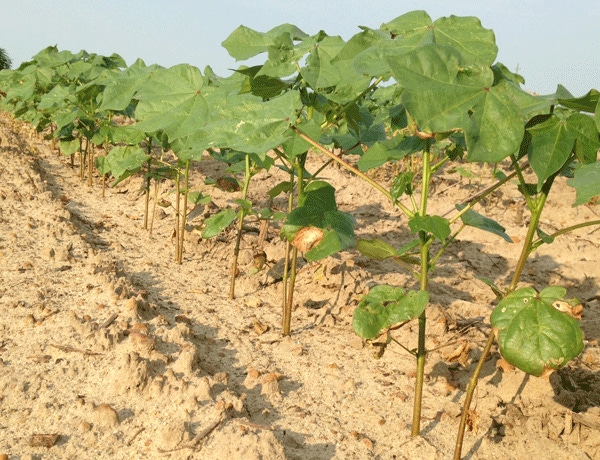July 17, 2014

North Carolina State University Extension entomologist Dominic Reisig says plant bugs are still being found and treated, even farther into the Coastal Plain than usual.
“It seems like a lot of our fields treated for plant bugs in the past have experienced pressure once cotton blooms and corn dries down. With that in mind, it will pay to be vigilant, although not over reactive, to plant bugs,” Reisig wrote in a blog post.
“Hopefully you’ve been monitoring both square retention and sweeping for plant bugs in squaring cotton,” Reisig wrote “Once blooming has been under way for one to two weeks, square retention is a less reliable indicator of possible plant bug feeding, due to natural square loss for mostly weather-related reasons.”
In blooming cotton, the presence of plant bugs and their damage is best assessed by continuing fruit examinations, evaluating dirty blooms, and by the use of a black beat sheet (also called a ground cloth, drop cloth or shake sheet), according to Reisig.
“Plant bug feeding on large squares damages their pollen anthers which subsequently show up as easy-to-spot brownish to black anthers when the flower opens. Although we do not recommend the use of a dirty bloom threshold, dirty blooms are easy to spot and may indicate plant bug activity. So you can use these dirty blooms as a method to identify when a field should be scouted more intensively,” Reisig wrote.
About the Author(s)
You May Also Like






